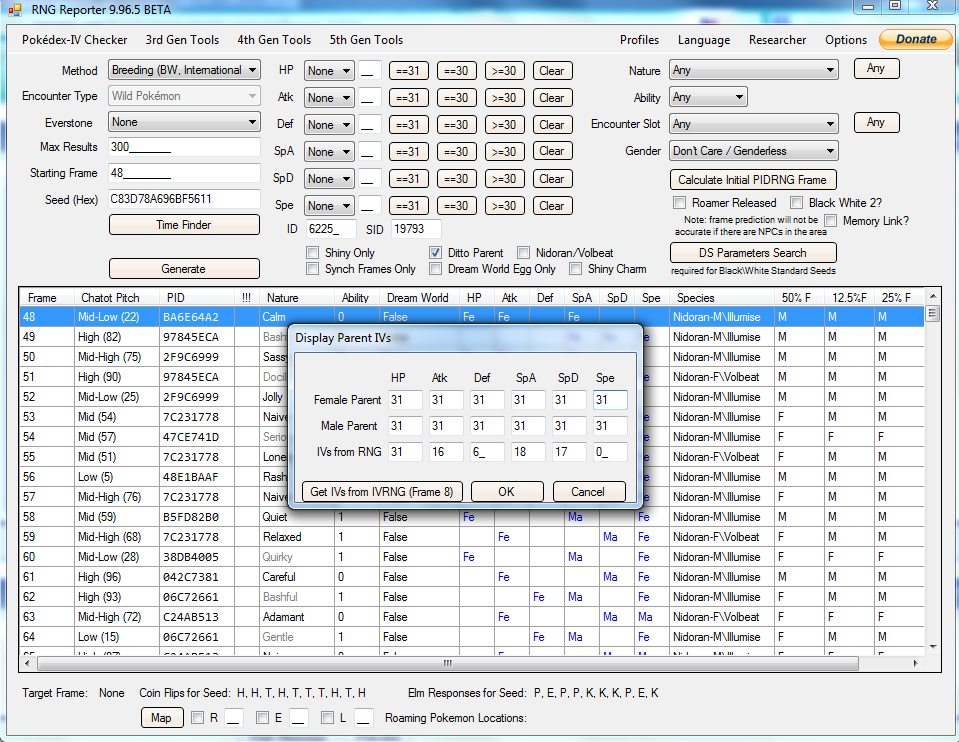

The ATA runs for 5 days, using the same equipment we use to undertake our biomethane potential analysis of biogas feedstocks.

The negative or positive effect assaciated with the addition of the test stream is calculated based on the amount of biogas produced per gram glucose in the presence or absence of the test stream. The assay involves the use of standard media containing glucose as the primary media to which the test stream is added in different concentrations. This ATA ( anaerobic toxicity assay) test has been developed based on our experience with analysing and processing a wide variety of waste streams. When such a stream is to be treated by anaerobic digestion the residual chlorine and detergents cause toxicity to the microbes in the reactor which can lead to digester failure.Īt Celignis we have designed a custom assay to evaluate whether selected feedstocks can potentially be toxic for anaerobic digestion. These wash streams form a certain percentage of the industry stream sent for AD. Industry wash streams, used to clean process reactors, can contain detergents and chlorine-containing agents.However, the polyelectrolytes that are used in the DAF process can contain high contents of aluminium that can lead to aluminium toxicity issues within the digester. DAF (Dissolved Air Flotation) sludge, arising from aerobic treatment systems, can be used a feedstock for AD.Cattle slurry from some sources can have high contents of antibiotics and their presence in the digester can lead to its underperformance or even to complete failure is such slurry is added beyond a certain threshold proportion of the feedstock mix.Some examples of scenarios where certain feedstocks can be toxic to the digester are provided below:


 0 kommentar(er)
0 kommentar(er)
